This article was co-authored by wikiHow staff writer, Ali Garbacz. Our trained team of editors and researchers validate articles for accuracy and comprehensiveness.
wikiHow’s Content Management Team carefully monitors the work from our editorial staff to ensure that each article meets our high quality standards.
There are 13 references cited in this article, which can be found at the bottom of the page.
This article has been viewed 2,884 times.
Learn more...
If you haven’t been sleeping well or have noticed yourself putting on a bit of weight because of stress, this might be a sign that your cortisol levels are too high. Along with these unpleasant side effects, too much of this stress hormone can take a serious toll on your physical and mental health. Fortunately, there are plenty of things you can do in your daily life to manage this stress. Keep reading to learn about some steps you can take to keep your cortisol levels under control and start living a more stress-free life.
Things You Should Know
- Eat a healthy diet that consists of a good balance of fish, fruits, vegetables, poultry, and whole grains.
- Get at least 7 hours of sleep each night and maintain a consistent sleep schedule to make sure you’re getting enough quality rest.
- Exercise regularly and practice relaxation techniques, such as meditation and deep breathing.
Steps
References
- ↑ https://my.clevelandclinic.org/health/articles/16037-mediterranean-diet
- ↑ https://health.clevelandclinic.org/eat-these-foods-to-reduce-stress-and-anxiety/
- ↑ https://www.obesityaction.org/resources/upper-limits-the-value-of-caffeine-in-weight-loss/
- ↑ https://pubs.niaaa.nih.gov/publications/arh23-4/272-283.pdf
- ↑ https://www.cdc.gov/alcohol/fact-sheets/moderate-drinking.htm
- ↑ https://health.clevelandclinic.org/eat-these-foods-to-reduce-stress-and-anxiety/
- ↑ https://health.clevelandclinic.org/how-to-reduce-cortisol-and-turn-down-the-dial-on-stress/
- ↑ https://pubmed.ncbi.nlm.nih.gov/9415946/
- ↑ https://www.cdc.gov/sleep/features/getting-enough-sleep.html
- ↑ https://www.health.harvard.edu/staying-healthy/exercising-to-relax
- ↑ https://www.cdc.gov/physicalactivity/basics/adults/index.htm
- ↑ https://www.health.harvard.edu/staying-healthy/exercising-to-relax
- ↑ https://www.health.harvard.edu/staying-healthy/exercising-to-relax
- ↑ https://health.clevelandclinic.org/how-to-reduce-cortisol-and-turn-down-the-dial-on-stress/
- ↑ https://www.mayoclinic.org/healthy-lifestyle/stress-management/in-depth/stress/art-20046037
- ↑ https://www.healthdirect.gov.au/the-role-of-cortisol-in-the-body
- ↑ https://www.healthdirect.gov.au/the-role-of-cortisol-in-the-body
- ↑ https://www.stress.org/stress-cortisol-and-abdominal-fat
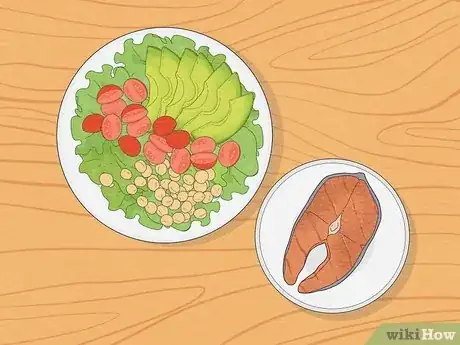
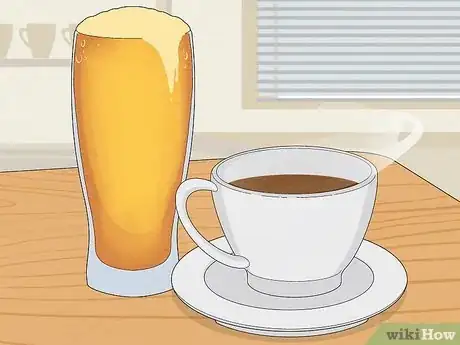
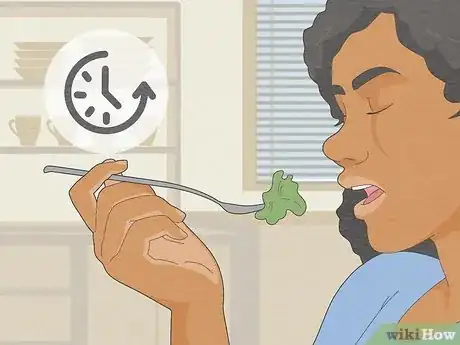
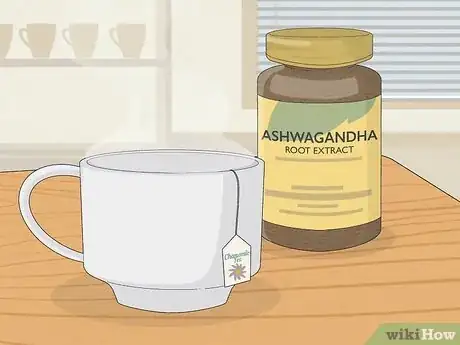

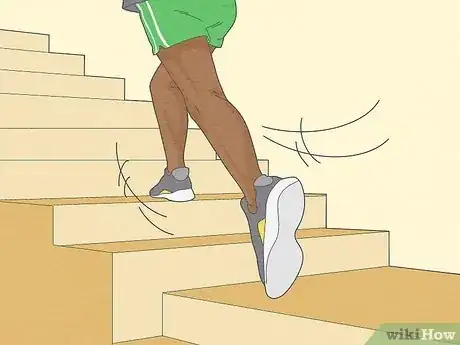
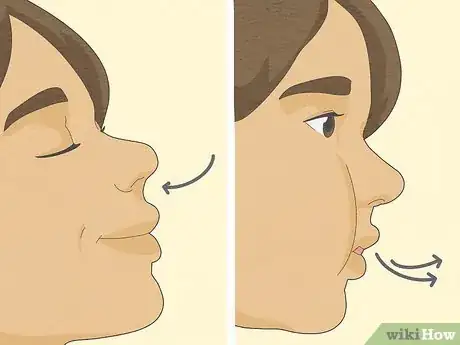
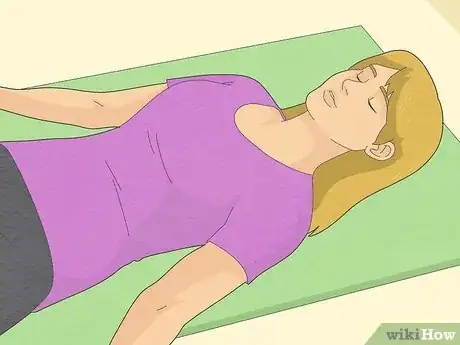

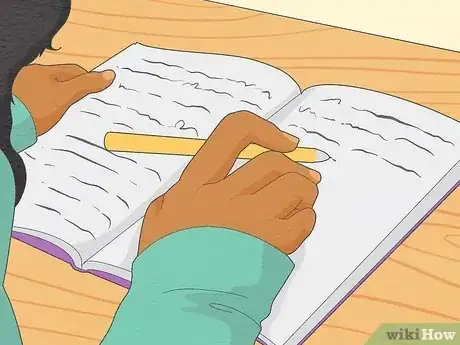
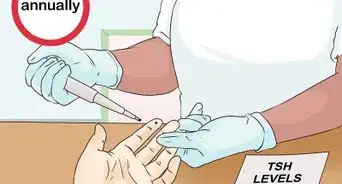



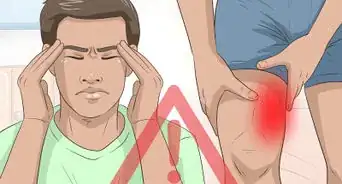






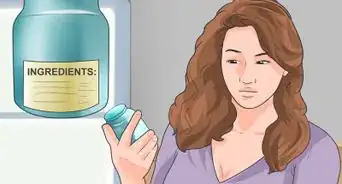
-Step-12-Version-2.webp)








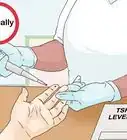




































wikiHow’s Content Management Team carefully monitors the work from our editorial staff to ensure that each article meets our high quality standards. This article has been viewed 2,884 times.
Medical Disclaimer
The content of this article is not intended to be a substitute for professional medical advice, examination, diagnosis, or treatment. You should always contact your doctor or other qualified healthcare professional before starting, changing, or stopping any kind of health treatment.
Read More...